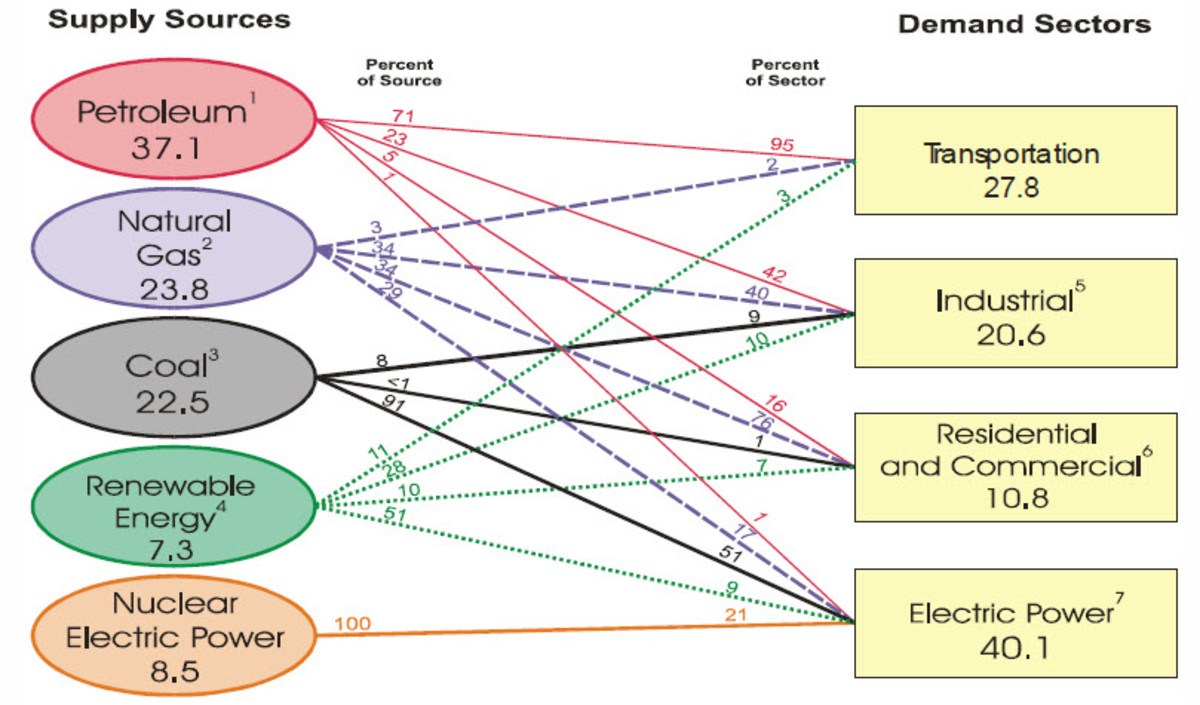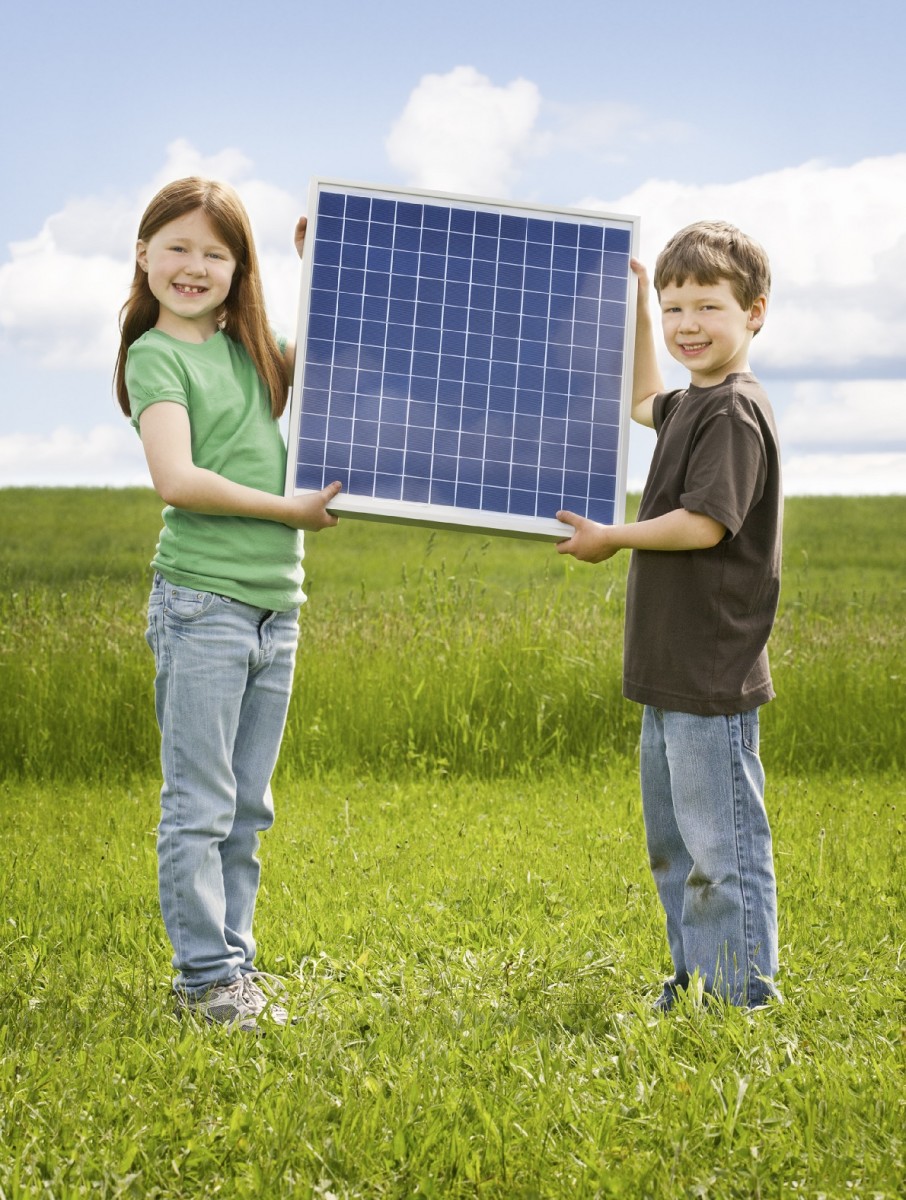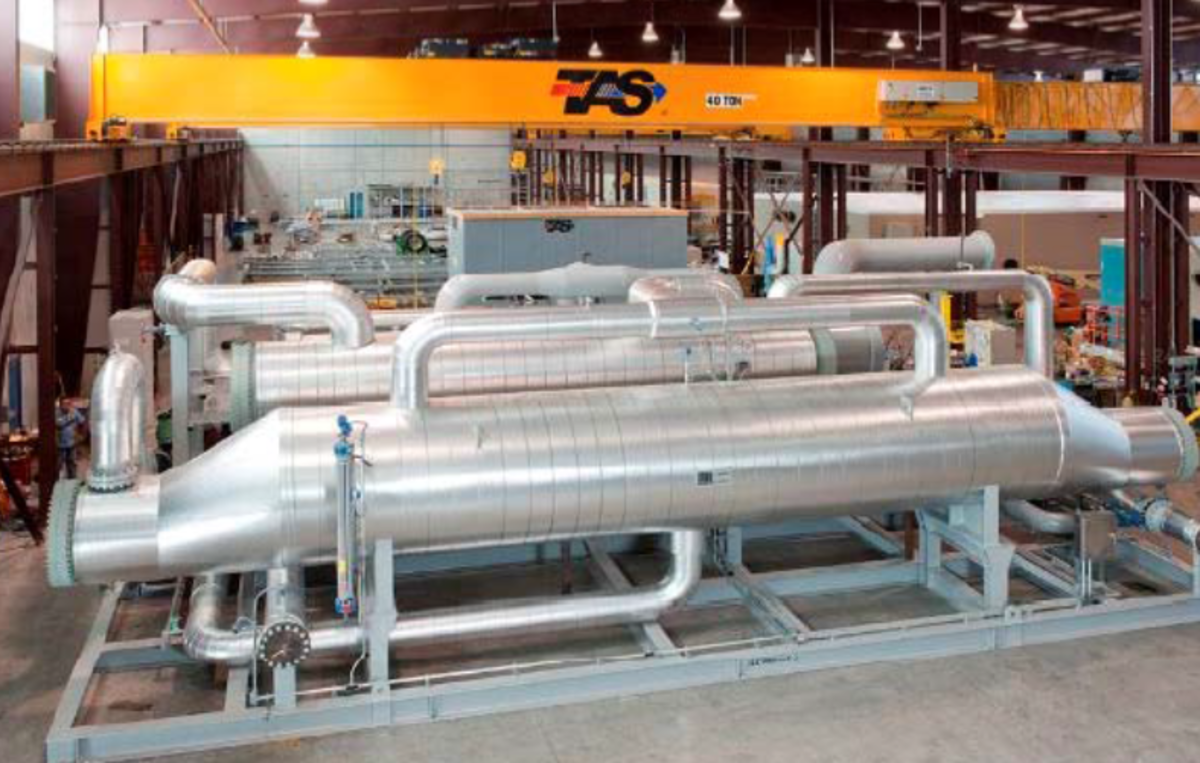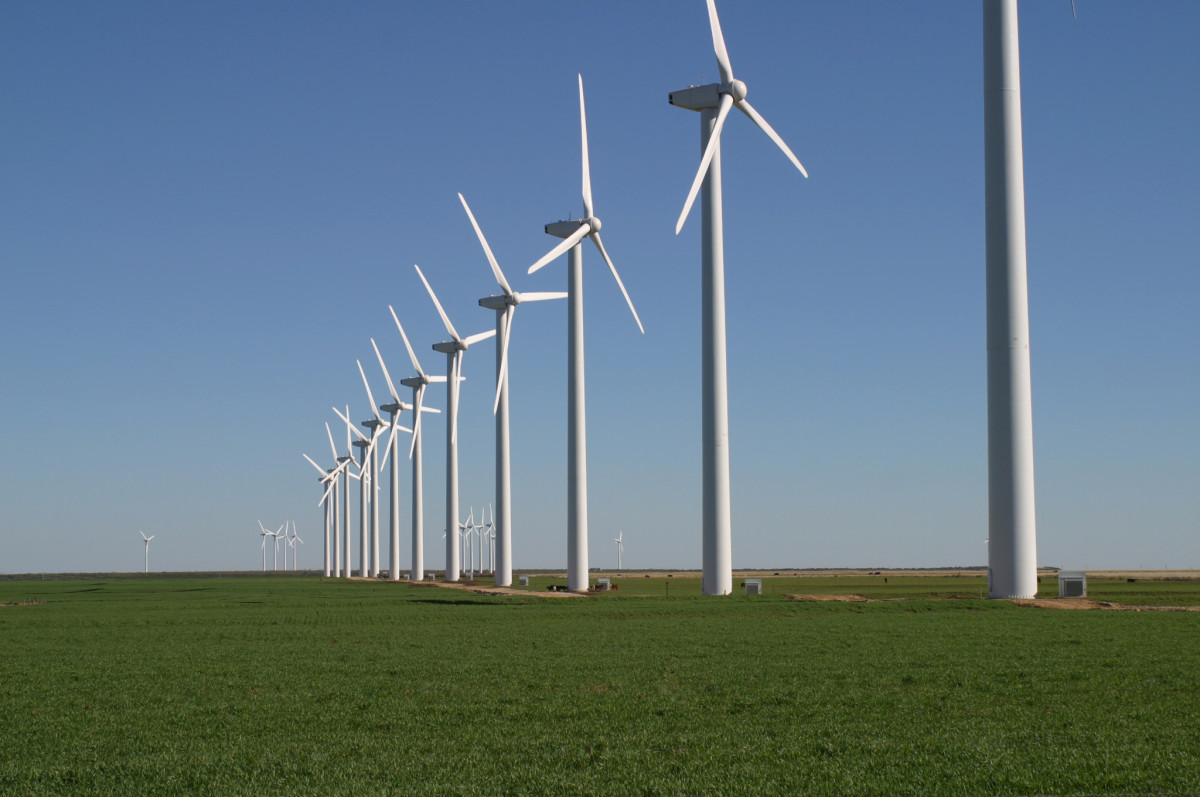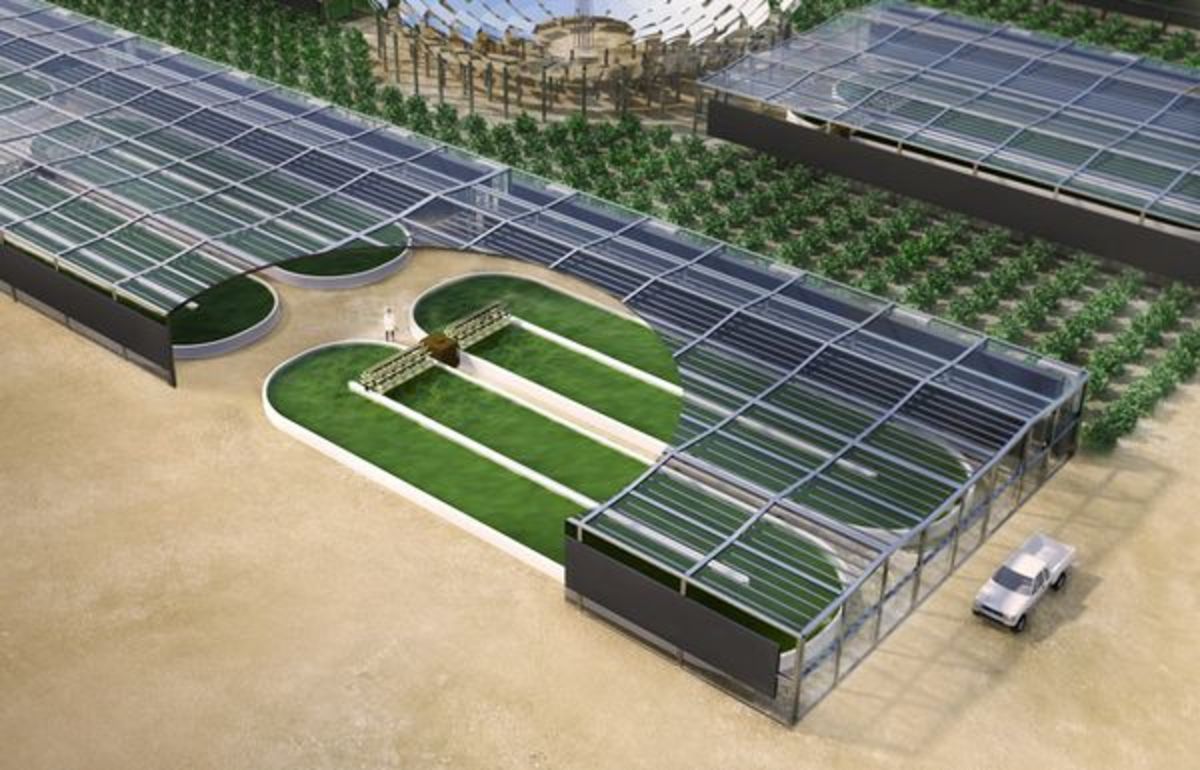Alternative Energy from the Ocean (OTEC)
In 1881, a French Engineer, Jacques D’Arsonval introduced a process for Renewable and Alternate Energy Generation from ocean by using temperature difference between the surface and the depths of the ocean. This process is now termed as “Ocean Thermal Energy Conversion (OTEC)”. Even after about 130 years of its recognition, the only plant of OTEC is functioning in Hawaii, USA. Although the world is moving to the alternate energy generation options, OTEC process still awaits due diligence and possible avenues need to be explored for its propagation. It is however prudent to mention that the main constraint in shifting to OTEC plants is the huge establishment and operational costs attached to them that cannot be substituted. OTEC was conceived as natural and clean energy source that would not damage the environment, however due to current technology shifts, OTEC is no more considered as an environment friendly alternate energy option.
There are three ways of Ocean Thermal Energy Conversion
- Closed Cycle OTEC
- Open Cycle OTEC
- Hybrid Cycle OTEC
Closed Cycle OTEC:
In Closed Cycle OTEC, warm sea water is used to boil a liquid with low boiling point, such as Propane (C3H8) or Ammonia (NH3). This liquid acts as an intermediate fluid. When warm sea water is pushed into a reaction chamber it boils the intermediate fluid causing it to evaporate. The vapors of intermediate fluid in return create a pressure to push turbine of the engine and hence generate electricity. The vapors are then condensed back into the liquid by using cold sea water in the depth of the ocean.
Open Cycle OTEC
In open cycle OTEC, instead of intermediate fluid warm see water issued to create the pressure and generate electricity. A low pressure chamber (mostly vacuumed) is used to vaporize the warm sea water. The steam, formed in turn, develops pressure to drive the turbine and generate electricity. The warm water once evaporated leave behind all its impurities such as salt. The steam is then cooled down to create distilled water, for domestic use, by using cold sea water in the depth of the ocean.
Hybrid Cycle OTEC
In order to optimally use the capacity of OTEC a theory of Hybrid Cycle OTEC has been introduced. Hybrid Cycle OTEC theory combines two cycles, to obtain maximum amount of desalinated water as well as electricity.
Two ways are explained to do so under the Hybrid Cycle theory. The first way involves combining of a closed cycle with an open cycle. The closed cycle is used to generate electricity which is then used to form vacuum necessary to operate open cycle.
The second option combines two open cycles. The electricity generated by the first cycle is used to create vacuum in the second cycle. However in the end twice the amount of desalinated water is gathered as compared to the option of combining two different cycles.
There are a number of other uses of OTEC, in addition to its two main uses i.e. electricity generation and provision of clean water. These include treating chemicals, pumping up the cold sea water for refrigeration and air conditioning, fish farming etc. Switching to alternate energy sources can open new horizons of services and products for its users.



